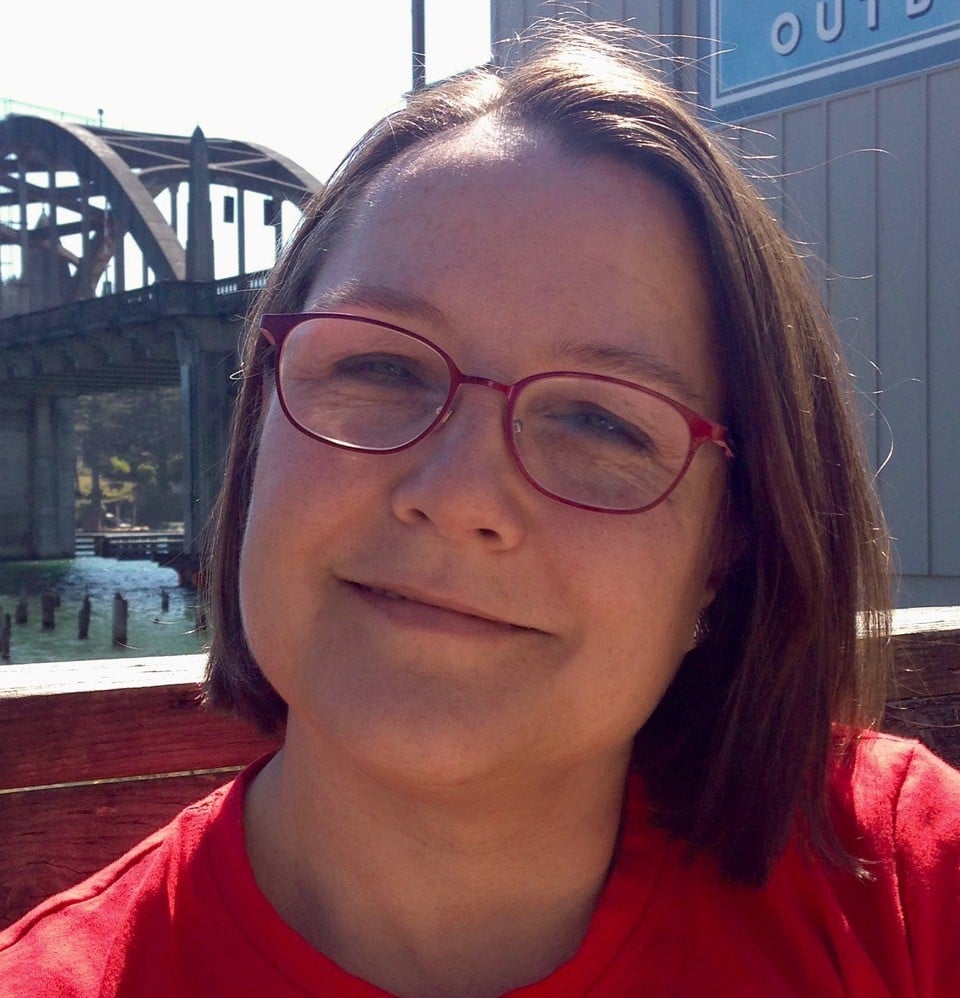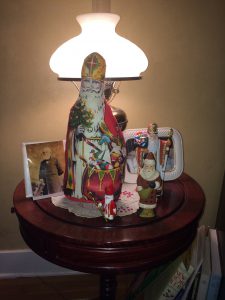As a genealogist, I have so much to give thanks for. Soon after I started my genealogical quest, I discovered that the Nantucket Historical Association had correspondence from my great-great-great-grandfather[1] in their collections. Of course I was anxious to read it and asked for copies … not knowing that there were more than eighty letters, many of them comprising multiple pages!
It took a while to accustom myself to my ancestor’s writing, since he adopted a sort of modified scripto continua, with virtually no punctuation or capital letters at the start of sentences. Much of the correspondence was dry, relating to business transactions, but there were also many droll comments and insights into the character and activities of the extended family.
I was wholly unaware that a huge economic collapse hit the United States – particularly New England – in the autumn of 1857. It was fascinating yet horrifying to read my ancestor’s accounts of events in Boston: bank closures, company failures, and newly-built ships sitting idle in the harbor.
Only a few months later, this ancestor and his family moved into a brand new house at 78 Rutland Street in Boston, and his business partner and brother-in-law, Edward H. Barker,[2] moved into an identical house at 66 Rutland. Beds literally had not even been put together at the James F. Athearn home when word came that his mother (who lived with Edward H. Barker) had suffered a stroke!
Things unraveled over the coming year, and James F. Athearn appears on a list of “Insolvents in Massachusetts” dated 1 October 1858. Over the next few months, he attempted to cash in a life insurance policy that was in the hands of his brother-in-law, Henry Coffin,[3] but the extended family seems to have come up with another plan. In a letter dated 2 February 1859, James wrote to Henry: “I had my suspicions for some time that something of this kind was thought of and felt keenly the necessity of supplying the comfort of living for my family and the mortification of appealing to you for help[,] although nothing but kindness had been shown to me…”
"...I believe that absence and a desire once again to have his family around him will be the strongest stimulant to active exertion."
In the end, James F. Athearn joined his oldest son and daughter-in-law in Kansas, as described in another letter in the NHA’s collections, written from Boston on 13 March 1859. This one is to Henry Coffin’s wife, Eliza (Starbuck) Coffin, from her “brother” (actually nephew), George H. Folger,[4] frankly addressing their concerns. “Altho James has perhaps felt as though he wished himself out of the world, he dare not raise his own hand to produce it, but by the cup the result will follow unless he abandon it. He says he will quit… I believe that absence and a desire once again to have his family around him will be the strongest stimulant to active exertion.”
In her husband’s absence, my great-great-great-grandmother Lydia and her children were supported by Henry Coffin and George H. Folger (featured in my very first blog post), and some of the bills paid on her behalf are in the NHA’s collections. I am so thankful to the heirs of Henry Coffin for donating them years ago! George continued to be a faithful supporter of his “sister” Lydia and her family: the funeral for her daughter Susan[5] was held at his home in 1891 (the year before he died), and my great-grandfather was able to complete his college education due to a small legacy obtained through great exertion by George and his son.
While I cannot directly thank the gentlemen who provided kindness and support to my ancestors in a very difficult time, it has felt right to extend my gratitude to several of their heirs whom I’ve been able to contact. Writing at this season three years ago, I was even able to quote the words of my ancestor to theirs on 19 November 1855: “Come to Thanksgiving and bring some of the Family”! And in another couple of weeks, George H. Folger’s white-whiskered picture will again appear in our display of St. Nicholas figures … since for me he now embodies the old saint’s spirit of benevolence.
Notes
[1] James Frederick Athearn (1810–c. 1870), son of James Athearn (1784–1852) and Lydia Cary (1785–1862). His later history is unclear, so much so that his youngest son thought he had died "near Tompkinsville, Kentucky" in either 1870 or 1871.
[2] Capt. Edward Hussey Barker (1807–1874), husband of James F. Athearn’s twin sister.
[3] Henry Coffin (1807–1900), son of Zenas Coffin (1764–1828) and Abial Gardner (1764–1856). He was married to Eliza Starbuck (1811–1903), the sister of James F. Athearn’s wife, Lydia Ramsdell Starbuck (1813–1889).
[4] George Howland Folger (1816–1892) was the son of Philip Howland Folger (1792–1865) and his second wife Susan Starbuck (1794–1818). He was reared by his maternal grandparents and was of a similar age to his aunts, so they called themselves brother and sisters.
[5] Susan Folger Athearn (1845–1891) was named for her late aunt, the mother of George H. Folger, and was a high school classmate of his daughter Amelia (1847–1879).
Share this:

About Pamela Athearn Filbert
Pamela Athearn Filbert was born in Berkeley, California, but considers herself a “native Oregonian born in exile,” since her maternal great-great-grandparents arrived via the Oregon Trail, and she herself moved to Oregon well before her second birthday. She met her husband (an actual native Oregonian whose parents lived two blocks from hers in Berkeley) in London, England. She holds a B.A. from the University of Oregon, and has worked as a newsletter and book editor in New York City and Salem, Oregon; she was most recently the college and career program coordinator at her local high school.View all posts by Pamela Athearn Filbert →
